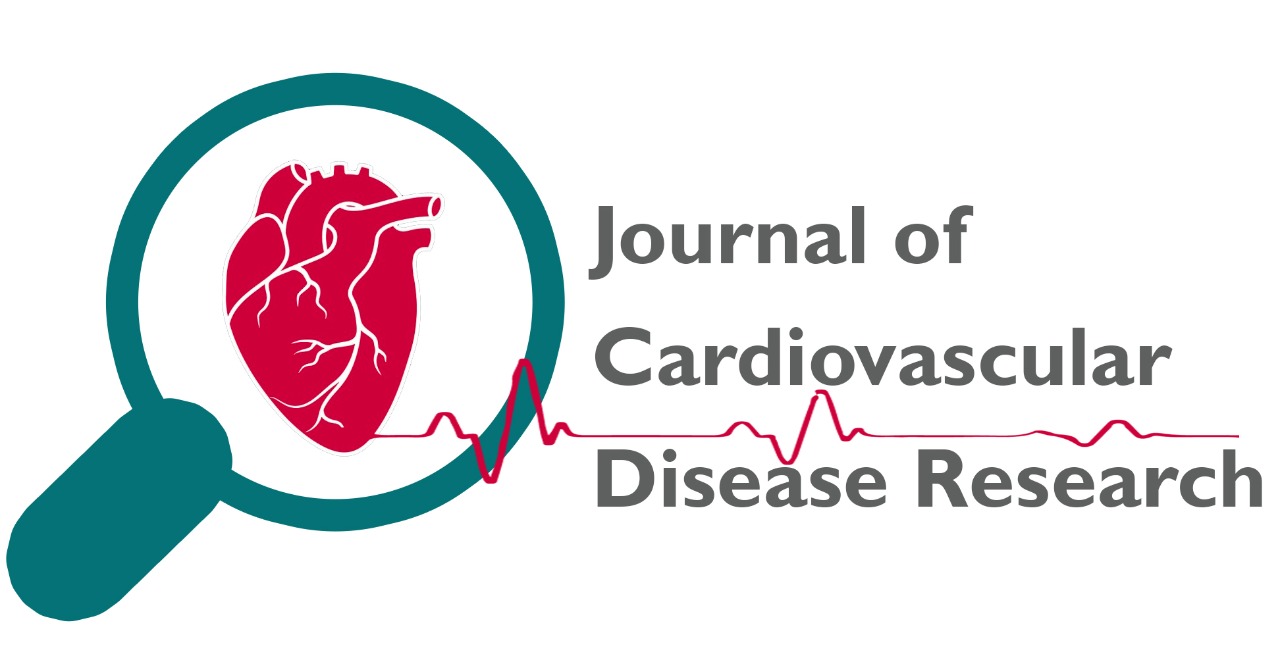
Neonatal intestinal obstruction: A prospective observational study
Dr. Harini Konkyana, Dr. GN Karthik, Dr. Pranav Chakrin, Dr. K Kameswari
JCDR. 2023: 2639-2644
Abstract
Study of incidence, and enumerate the different causes of neonatal intestinal obstruction in and around our institute. And also to analyse the clinical presentation, different factors which influence the postoperative outcome like, Day of presentation, Birth weight, Maturity of the baby, Antenatal diagnosis, Early presentation, Surgical condition and on -table findings, Condition at the time of admission, Associated anomalies, and Economic status. Materials and Methods: It was a prospective study conducted at KGH, Andhra Medical College. Methodical entry of records of neonates admitted and treated in our Institute. 117 Neonates with intestinal obstruction were admitted. Data were collected and analyzed for age, day of presentation, sex, gestational age, birth weight, clinical features, mode of presentation, surgical condition, a surgical procedure performed, complications, and their outcome. Results: Age of the presentation was a few hours to 28 days. Male-Female ratio of 3.6:1. Gestational age varies from 32 to 42 weeks. Birth weight range -1.5 to 2.5 kg. Day of presentation varies among the diseases. Commonest cause in our series was anorectal anomalies followed by Intestinal atresias then H D and others. 18 cases had associated congenital malformations. Performed various surgical procedures. The mortality rate was around 17%. Conclusion: Epidemiological importance... according to available statistics neonatal intestinal obstruction is more in our area, with 47% of neonatal admissions. Male preponderance was observed. The maturity of the baby is an important determinant in the neonatal surgical outcome, preterm babies succumbed in our study. Most of the neonates presented within 3 days and weighed more than 2.0 kgs. Surgical condition and on-table findings determine the prognosis. Various types of associated anomalies are present. Lower and middle-class babies are most commonly affected. The overall mortality rate was 17%.
Description
Volume & Issue
Volume 14 Issue 8
Keywords
|
This is an open access journal which means that all content is freely available without charge to the user or his/her institution. Users are allowed to read, download, copy, distribute, print, search, or link to the full texts of the articles in this journal without asking prior permission from the publisher or the author. This is in accordance with the Budapest Open Access Initiative (BOAI) definition of open access.
The articles in Journal of Cardiovascular Disease Research are open access articles licensed under the terms of the Creative Commons Attribution Non-Commercial License (http://creativecommons.org/licenses/by-nc-sa/3.0/) which permits unrestricted, non-commercial use, distribution and reproduction in any medium, provided the work is properly cited. |
|
|
|
|
|
Copyright � 2022 Journal of Cardiovascular Disease Research All Rights Reserved. Subject to change without notice from or liability to Journal of Cardiovascular Disease Research.
For best results, please use Internet Explorer or Google Chrome POLICIES & JOURNAL LINKS
Author Login
Reviewer Login About Publisher Advertising Policy Author's Rights and Obligations Conflict of Interest Policy Copyright Information Digital Archiving & Preservation Policies Editorial Policies Peer Review Policy Editorial & Peer Review Process License Information Plagiarism Policy Privacy Policy Protection of Research Participants (Statement On Human And Animal Rights) Publication Ethics and Publication Malpractice Statement Corrections, Retractions & Expressions of Concern Self-Archiving Policies Statement of Informed Consent Terms of Use |
Contact InformationJournal of cardiovascular Disease Research,
|




